The lamination gives the fabric a nice sheen and has the added benefit being easier to keep clean. Whenever I post a project using a laminate fabric, I get a lot of questions about how to sew with it. Most people seem a bit intimidated. I’m here to tell you that it’s easy to sew with if you know a few tricks and rules. For my next Sewing Lesson, sponsored by BERNINA we are going to talk about how to Sew with Laminated Fabric. To see my other BERNINA sponsored Sewing Lessons just click here.
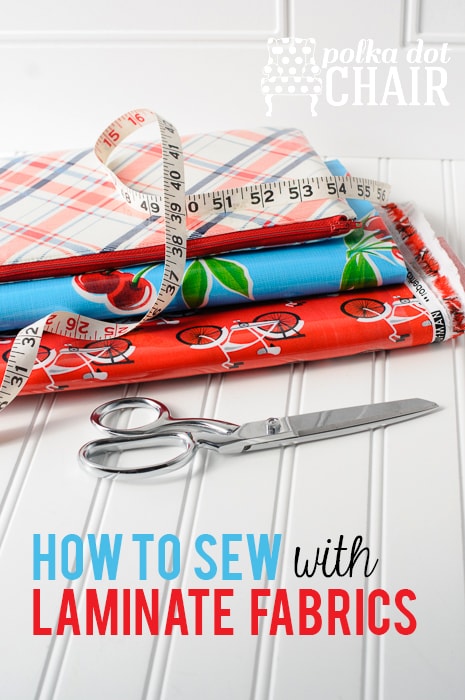
Laminated fabric (including oilcloth and chalk cloth) has a plastic coating on the front. This makes it hard to sew with because the plastic coating has a tendency to get stuck under your presser foot. This becomes an even bigger problem if your laminate fabric is facing the feed dogs of your sewing machine, as the feed dogs can damage the fabric.
Luckily most of the time when I sew with a laminate fabric, I don’t need to sew with laminate both under my presser foot and facing my feed dogs at the same time. Most of the time I’m just topstitching or attaching a zipper.
When I work with laminate fabrics there are a few things I like to have on hand. One is the paper backing from some iron on vinyl (more about that in a second) and binding clips. Pins and laminate usually don’t get along, so I find that using binding clips makes sewing much easier.
Many times I will want to sew with laminate fabric but I either can’t find it- or the manufacturer didn’t laminate the print that I want. In this case I will laminate it myself using Iron on Vinyl. It’s made by Thermoweb and you can find it online.
It’s very easy and straight forward to work with. You just cut your vinyl the same size as your fabric piece (note it’s only 17” wide so plan accordingly) peel off the paper backing and place the sticky side onto the right side of your fabric. Then using the paper backing, iron the vinyl onto the fabric.
You HAVE to use the paper backing. Otherwise the vinyl will just MELT right onto your iron. The bigger the piece of backing the better.
I prefer to make sure that the paper backing is larger than the piece I’m ironing. Otherwise you run the risk of melting the vinyl with just the corner of your iron.
To get my piece, I cut a very large piece of iron on vinyl then peeled off the backing and discarded the vinyl (I know it’s a waste of vinyl, but I’ve had the same piece of backing for years). I kept that backing piece and use it anytime I iron ANY coated fabrics.
The shiny side of the backing faces the vinyl and the paper side (with the grid) faces your iron.
This is especially great to use for projects for kids (i.e. pencil pouches, aprons, crayon rolls, etc). For simplicities sake, we’ll just called all laminate, oilcloth or coated fabrics coated fabrics from this point forward.
To demonstrate how to sew with coated fabrics, I’m going to use the example of sewing a simple zippered pencil pouch. I’ll post a full tutorial for the pouch separately.
As I’m sewing any project using a coated fabric, I know that ANY time my machine foot touches the coating that I need to have a buffer between my foot and my fabric.
My favorite way to do this is to use a Teflon foot. BERNINA actually makes several teflon coated feet. The one I use the is #52. It’s narrow enough to top stitch near a zipper and it has a wide enough opening to move my needle to the position that I need it.
For my pencil pouch, the first time my machine foot touched my coated fabric was while I was topstitching my zipper. To allow me to do this, I attached my telfon foot to my machine, then moved my needle to the left.
I was then able to easily top stitch down the side of the zipper. I wanted my top stitch very close to the zipper, if you want it further away, you can just move your needle back and forth until it’s in the spot that you like.
At times you may run into a situation where you need to use a special foot (i.e. a piping foot) on a coated fabric.
In this example I’m stitching piping down to the edge of my fabric but half of the foot is touching the coated fabric. If I left it alone, the fabric would pull under my foot, and my piping would not sew on correctly.
To remedy this, I place a strip of scotch tape on the half of my foot that is touching my coated fabric.
Now, you can of course use this trick with ANY machine foot instead of buying a teflon foot. However, I notice that this trick works best only for a little bit, the tape is not super sturdy. If I’m sewing a large project I’ll have to keep re applying the tape, so for that reason I like to just have a Teflon foot.
Another trick is to use Sewer’s Aid. I have not personally tried this but the ladies in my Retro Travel Bag class swore by the stuff. You just apply a thin coating of sewers aid onto your fabric. The oil allows the presser foot to glide smoothly.
Okay now what do you do if your coated fabric is facing your feed dogs? Use tissue paper. I cut a piece of tissue paper about 1” wide by the length of the portion to be stitched. I then place it between my coated fabric and the feed dogs on my machine. Stitch as normal then pull off the tissue paper when you are done sewing.
I hope that this lesson has given you a bit more confidence when sewing with coated fabrics. It’s really not hard just remember:
-DO NOT iron directly on the coated fabric.
-Use a buffer between your machine and the fabric. Either a Teflon coated foot, tissue paper or scotch tape.
-Your sewing needle will leave holes in the coating, however you CAN unpick. After you’re done unpicking run your iron over your fabric (using your paper backing) to seal up the holes left my your sewing needle.
-The fabric is not super fool proof. If you unpick a few too many times, or twist and turn the fabric too much, it’s going to damage it and look bad. You probably just need to start over at that point.
-You can iron coated fabrics, just either iron the wrong side of the fabric, or use a backing sheet between your iron and your fabric. To be safe, especially when working with oil cloth, test a piece first. You may need to use a lower heat setting on your iron.
In the case of my zippered pouch, after I was done sewing, it was a wrinkled mess. I simply pressed the pouch well when I was finished using my paper backing. The wrinkles came right out.
Also, be aware if you ever want to use a coated fabric as a lining, you will need to ensure that your coated fabrics don’t touch each other while pressing at any step in your construction. This is especially important during final pressings. Once I made a pouch with a laminated lining and when I pressed it for the final time the linings touched and melted together!! Ruined my entire project. For this reason, I don’t usually use coated fabrics as linings.
Here are a few projects I’ve made in the past using coated fabrics:

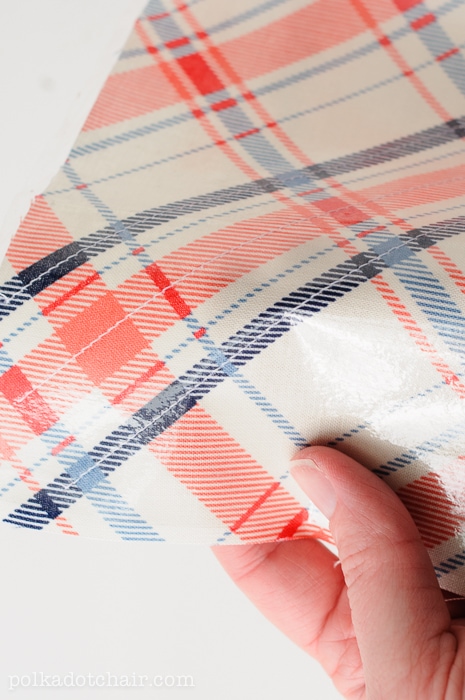
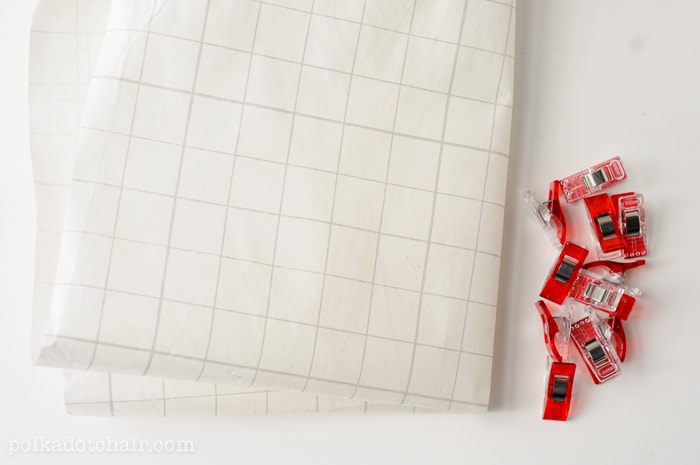
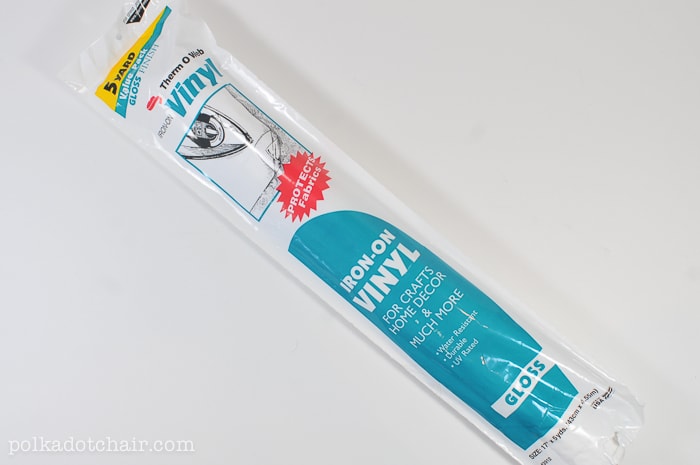
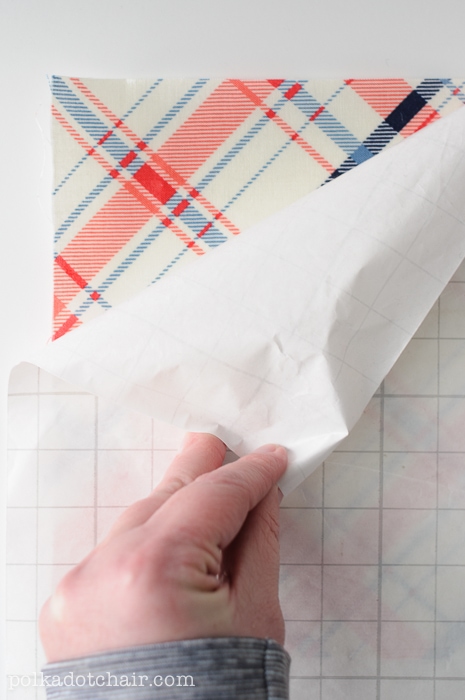
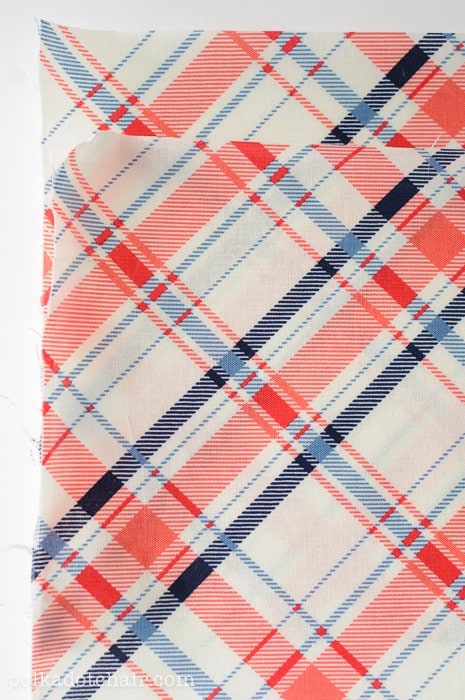


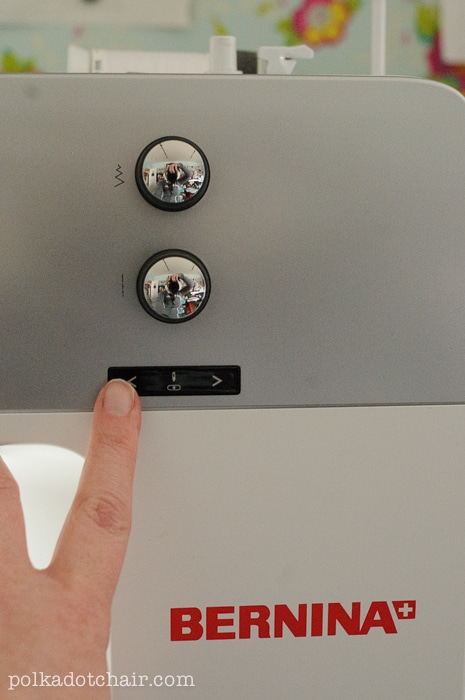
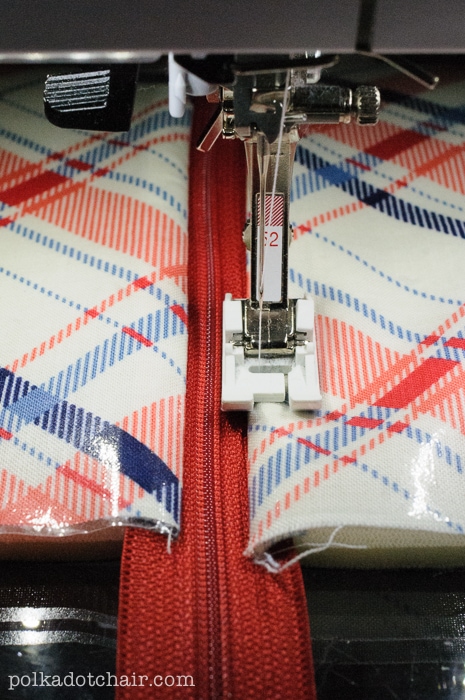
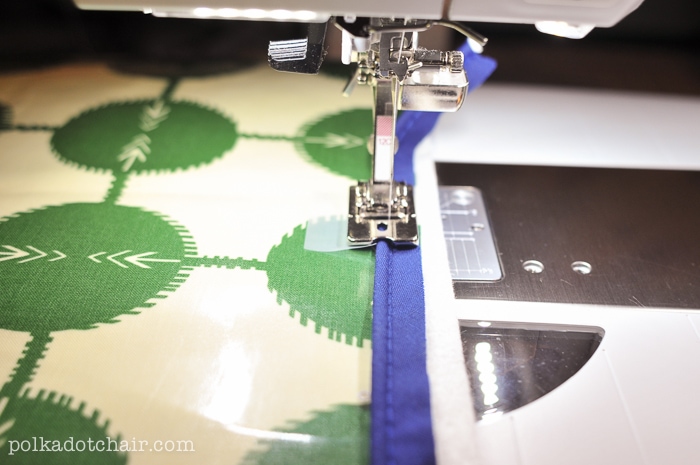
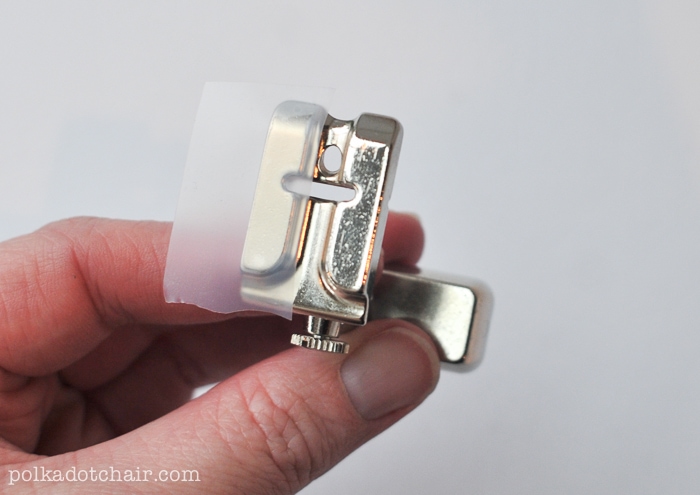
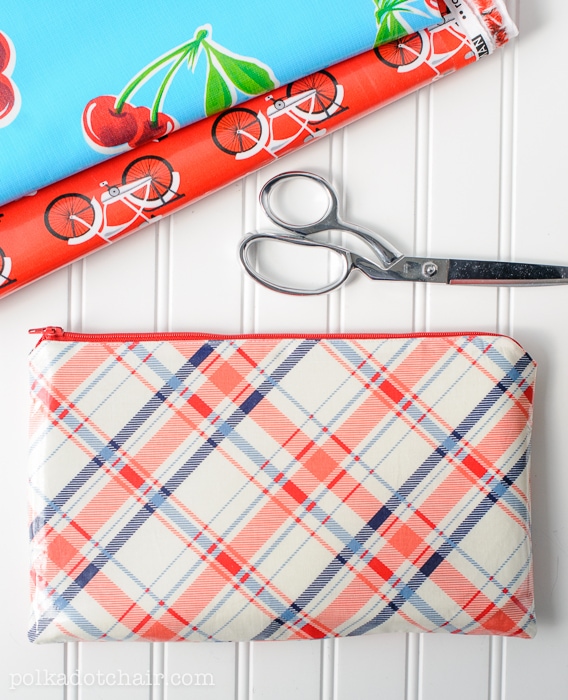
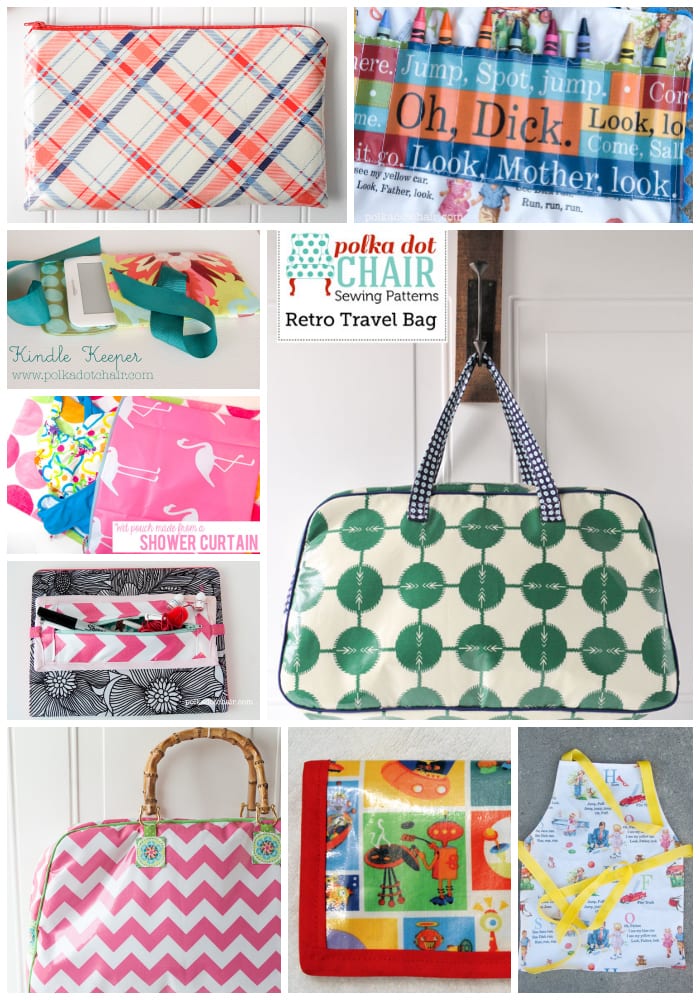
No comments:
Post a Comment